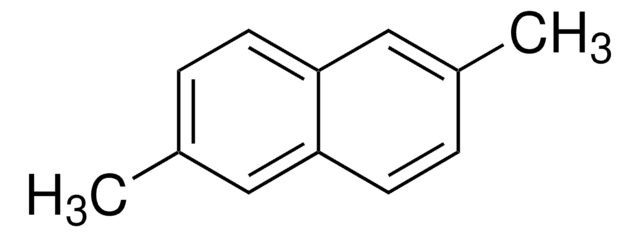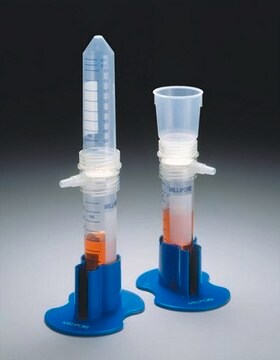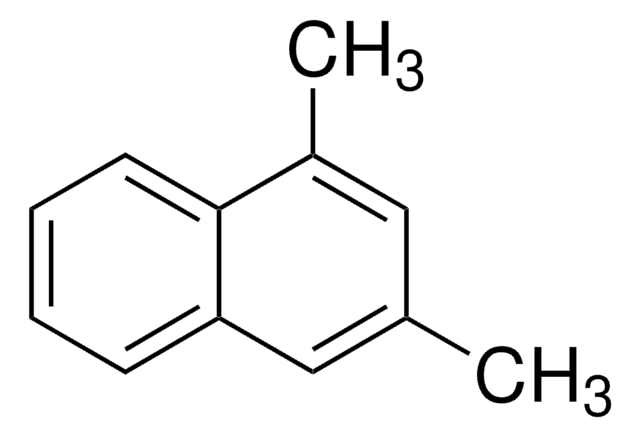All Photos(1)
About This Item
Linear Formula:
C10H6(CH3)2
CAS Number:
Molecular Weight:
156.22
Beilstein:
1852621
EC Number:
MDL number:
UNSPSC Code:
12352100
PubChem Substance ID:
NACRES:
NA.22
Recommended Products
Assay
97%
form
flakes
bp
269 °C (lit.)
mp
103-104 °C (lit.)
SMILES string
Cc1cc2ccccc2cc1C
InChI
1S/C12H12/c1-9-7-11-5-3-4-6-12(11)8-10(9)2/h3-8H,1-2H3
InChI key
WWGUMAYGTYQSGA-UHFFFAOYSA-N
Looking for similar products? Visit Product Comparison Guide
Signal Word
Warning
Hazard Statements
Precautionary Statements
Hazard Classifications
Acute Tox. 4 Oral
Storage Class Code
11 - Combustible Solids
WGK
WGK 3
Flash Point(F)
Not applicable
Flash Point(C)
Not applicable
Personal Protective Equipment
dust mask type N95 (US), Eyeshields, Gloves
Choose from one of the most recent versions:
Already Own This Product?
Find documentation for the products that you have recently purchased in the Document Library.
Customers Also Viewed
T Prabhu et al.
Spectrochimica acta. Part A, Molecular and biomolecular spectroscopy, 78(2), 566-574 (2010-12-28)
A combined experimental and theoretical study on molecular and vibrational structure of 2,3-dimethyl naphthalene (2,3-DMN) has been undertaken in the present work. The FTIR and FT Raman spectra of 2,3-DMN were recorded in the region 4000-100 cm(-1). The optimized geometries
J Z Hu et al.
Solid state nuclear magnetic resonance, 3(4), 181-197 (1994-08-01)
The magic-angle turning (MAT) experiment introduced by Gan is developed into a powerful and routine method for measuring the principal values of 13C chemical shift tensors in powdered solids. A large-volume MAT probe with stable rotation frequencies down to 22
Sangwoo Lee et al.
Environmental science. Processes & impacts, 19(9), 1117-1125 (2017-08-08)
Polycyclic aromatic hydrocarbons (PAHs) and alkylated PAHs are known to be major toxic contaminants in spills of petroleum hydrocarbons (oil). Spilled oil undergoes weathering and over time, PAHs go through a series of compositional changes. PAHs can disrupt endocrine functions
A A Toropov et al.
European journal of medicinal chemistry, 43(4), 714-740 (2007-07-17)
Simplified molecular input line entry system (SMILES) has been utilized in constructing quantitative structure-property relationships (QSPR) for octanol/water partition coefficient of vitamins and organic compounds of different classes by optimal descriptors. Statistical characteristics of the best model (vitamins) are the
Our team of scientists has experience in all areas of research including Life Science, Material Science, Chemical Synthesis, Chromatography, Analytical and many others.
Contact Technical Service









